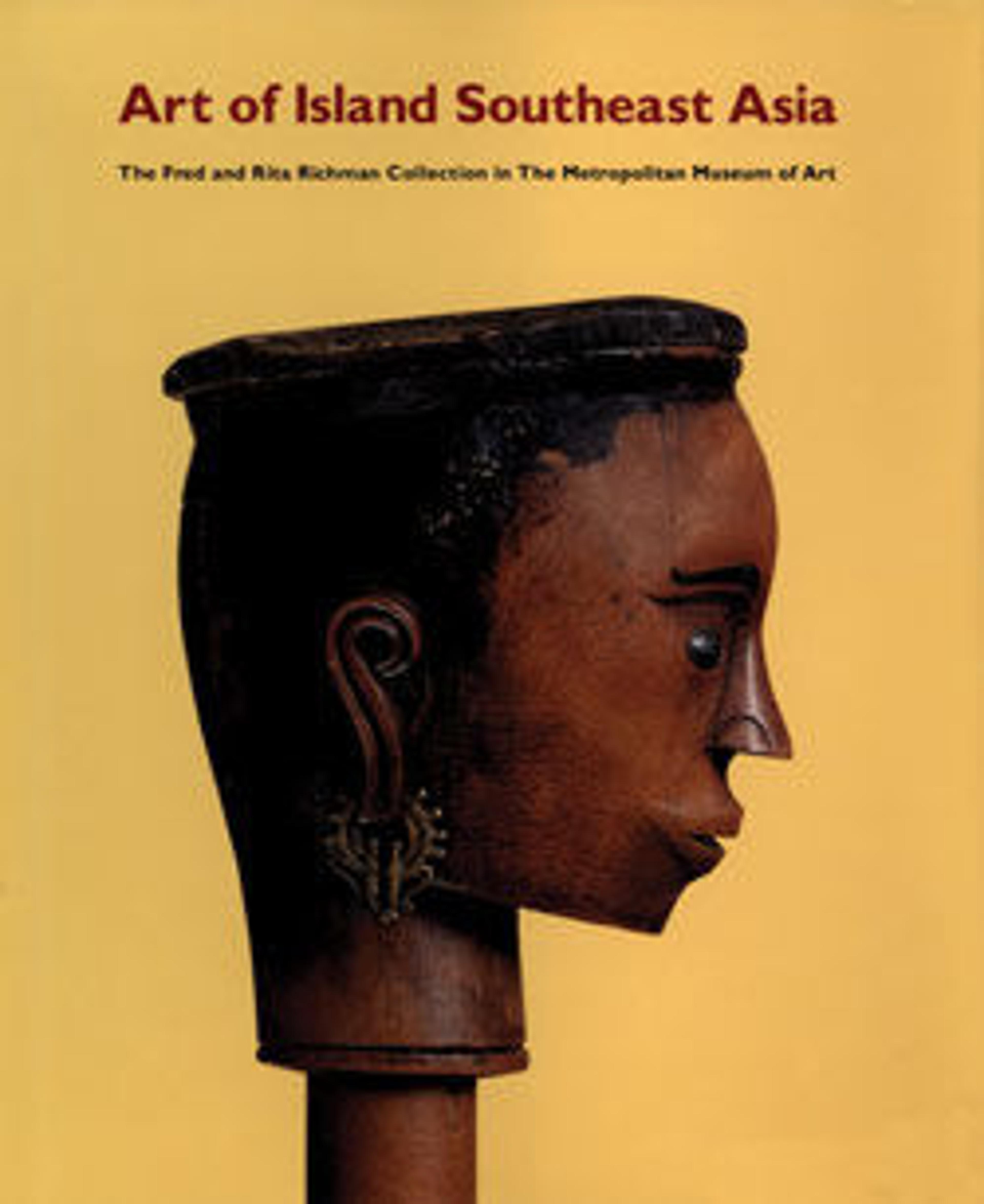Architectural ornament
Traditionally, Batak communal houses were richly decorated with geometric designs and naturalistic figures brightly painted in red, white, and black. The main decorative elements on the houses were large, carved animal heads incised with complex curvilinear motifs.
The architectural ornaments on the sides of the house consisted predominantly of horses' heads such as this one. These highly ornate pieces were not only decorative but also served as supernatural guardians that ensured the safety and security of the structure's inhabitants. In the Toba Batak region, horses were often consecrated to the three principal deities, and were believed to have the ability to transport individuals to the realm of the ancestors. They were also symbols of high status, since only the elite could afford to own them.
The architectural ornaments on the sides of the house consisted predominantly of horses' heads such as this one. These highly ornate pieces were not only decorative but also served as supernatural guardians that ensured the safety and security of the structure's inhabitants. In the Toba Batak region, horses were often consecrated to the three principal deities, and were believed to have the ability to transport individuals to the realm of the ancestors. They were also symbols of high status, since only the elite could afford to own them.
Artwork Details
- Title:Architectural ornament
- Artist:Toba Batak artist
- Date:late 19th–early 20th century
- Geography:Indonesia, Sumatra
- Culture:Toba Batak
- Medium:Wood, paint
- Dimensions:H. (incl. staple) 14 1/2 × W. 7 × D. 2 5/8 in. (36.8 × 17.8 × 6.7 cm)
- Classification:Wood-Sculpture
- Credit Line:Gift of Fred and Rita Richman, 1988
- Object Number:1988.143.68
- Curatorial Department: The Michael C. Rockefeller Wing
More Artwork
Research Resources
The Met provides unparalleled resources for research and welcomes an international community of students and scholars. The Met's Open Access API is where creators and researchers can connect to the The Met collection. Open Access data and public domain images are available for unrestricted commercial and noncommercial use without permission or fee.
To request images under copyright and other restrictions, please use this Image Request form.
Feedback
We continue to research and examine historical and cultural context for objects in The Met collection. If you have comments or questions about this object record, please contact us using the form below. The Museum looks forward to receiving your comments.
